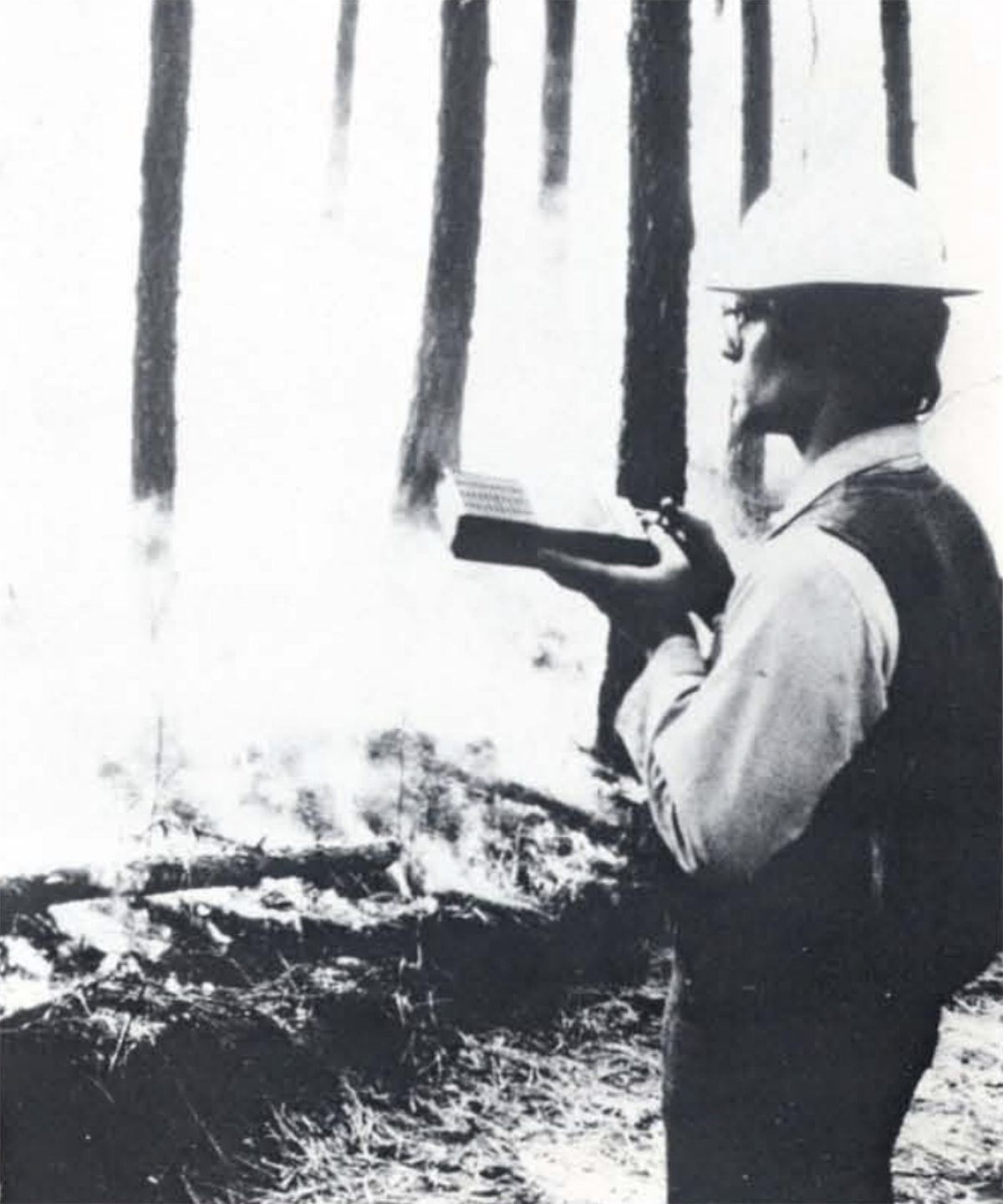Conclusion and Notes

Utilizing audio as a medium for presenting historical research is not just a way to reach broader audiences–it’s also an opportunity to use the storytelling process to reassess and enhance your work moving forward. Transforming written scholarship to audio narrative challenges you to refine your arguments, clarify language and make your findings more succinct. Paring down these elements and combining them with the immersive potential of audio can help bridge a gap with a non-academic community that might otherwise feel excluded from scholarly conversations.
Moreover, the process of recording, observing and speaking to people in your area of focus utilizes concepts of embodiment that deepen your understanding of your research subject through interacting with the space. Presenting field recordings, interviews and oral history recordings is essentially just presenting your research materials in an audio format but the medium’s ability to create a sense of place and guide the listener through the layers of a story underscores an empathetic power lacking in traditional academic outputs. By embracing these nontraditional formats, you can not only expand the reach of their work but also enrich your research process.
Notes
- Sellers, Christopher. “Thoreau’s Body: Towards an Embodied Environmental History.” Environmental History 4, no. 4 (October 1, 1999): 486–514. https://doi.org/10.2307/3985398.
- Taylor, Hollis. “Field Recordings as Invitation and Transportation.” Continuum 38, no. 1 (January 2, 2024): 24–36. https://doi.org/10.1080/10304312.2023.2234112.
- Institute of Landscape and Urban Studies. “Melting Landscapes, by Institute of Landscape and Urban Studies.” Accessed January 16, 2025. https://landscapearchitecture.bandcamp.com/album/melting-landscapes.
- Daniel Menche. “From Here to Electricity, by Daniel Menche.” Accessed January 16, 2025. https://danielmenche.bandcamp.com/album/from-here-to-electricity.
- Daniel Bachman. “Almanac Behind, by Daniel Bachman.” Accessed January 16, 2025. https://danielbachman.bandcamp.com/album/almanac-behind.
- Byers, Rob. “The Ear Training Guide for Audio Producers.” NPR Training, January 31, 2017. https://training.npr.org/2017/01/31/the-ear-training-guide-for-audio-producers/.
- Bjørvik, Eira, Lisbeth Thoresen, Anita Salamonsen, Lena Fauske, and Kari Nyheim Solbrække. “Exploring the Impact of Interview Location on Knowledge Development.” International Journal of Qualitative Methods 22 (October 1, 2023): 16094069231168483. https://doi.org/10.1177/16094069231168483.
- Allison, Jay. “The Basics.” Transom, September 4, 2013. https://transom.org/2013/the-basics/.
- Rosenthal, Rob. “Structure Interviews Like a Good Story.” Transom, June 17, 2024. https://transom.org/2024/structure-interviews-like-a-good-story/.
- Rosenthal, Rob. “Story Structure: The ‘e.’” Transom, November 1, 2016. https://transom.org/2016/story-structure-e/.
About the Author
Andrew Weymouth is the Digital Initiatives Librarian at University of Idaho, primarily focusing on static web design to curate the institution’s special collections and partner with faculty and graduate students on fellowship projects. He has also created digital scholarship projects for the universities of Oregon, Washington and the Tacoma Northwest Room archives, ranging from long form audio public history to architectural databases and network visualizations. He writes about labor, architecture, underrepresented communities and using digital scholarship methods to survey equity in archival collections.